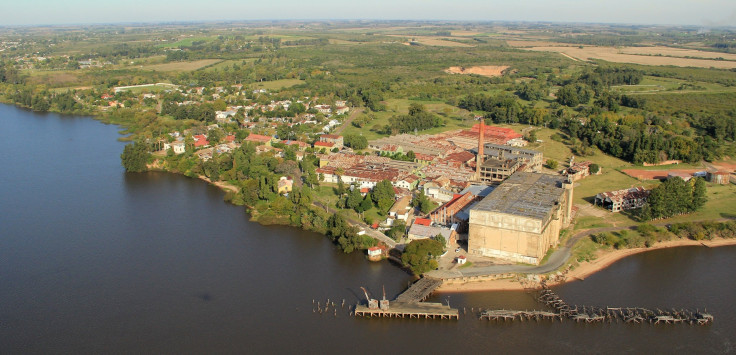Decaying 19th Century Meat Plant In Uruguay Gets Unesco Heritage Status

An old, 19th century food processing plant built on the banks of the Uruguay River has got the Unesco World Heritage Site status, the Associated Press (AP) reported on Wednesday. The abandoned plant, which was used to process and export meat to Europe, played an important role in world history, for which it deserved to be designated as a “cultural-industrial landscape,” the United Nations agency said last week.
The plant, which was opened in 1859 by Liebig's Extract of Meat Co. of Germany, was renamed the Anglo meat processing plant in 1924 by the British firm that took it over. Thousands of people worked at the plant, which was famous for producing corned beef, a staple food for soldiers during the two world wars, the AP reported, adding that it closed down in 1979.
“The site illustrates the whole process of meat sourcing, processing, packing and dispatching,” Unesco said in a statement. “Through its physical location, industrial and residential buildings as well as social institutions, the site presents an illustration of the entire process of meat production on a global scale.”
The decaying facility, which is housed in a 680-acre complex, includes a slaughterhouse, rotting docks on the river and the homes of the factory bosses and workers of different nationalities.
© Copyright IBTimes 2024. All rights reserved.






















